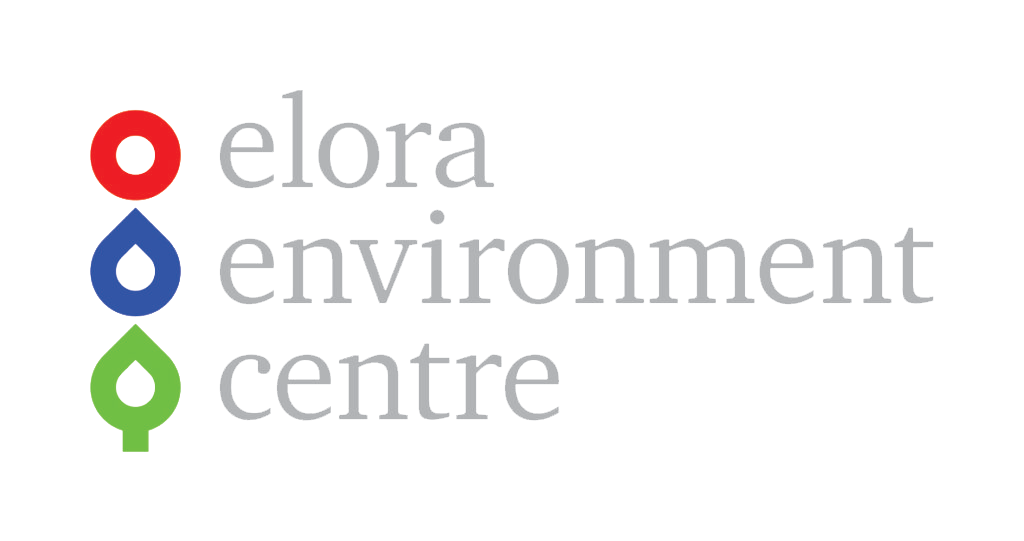Frequently Asked Questions
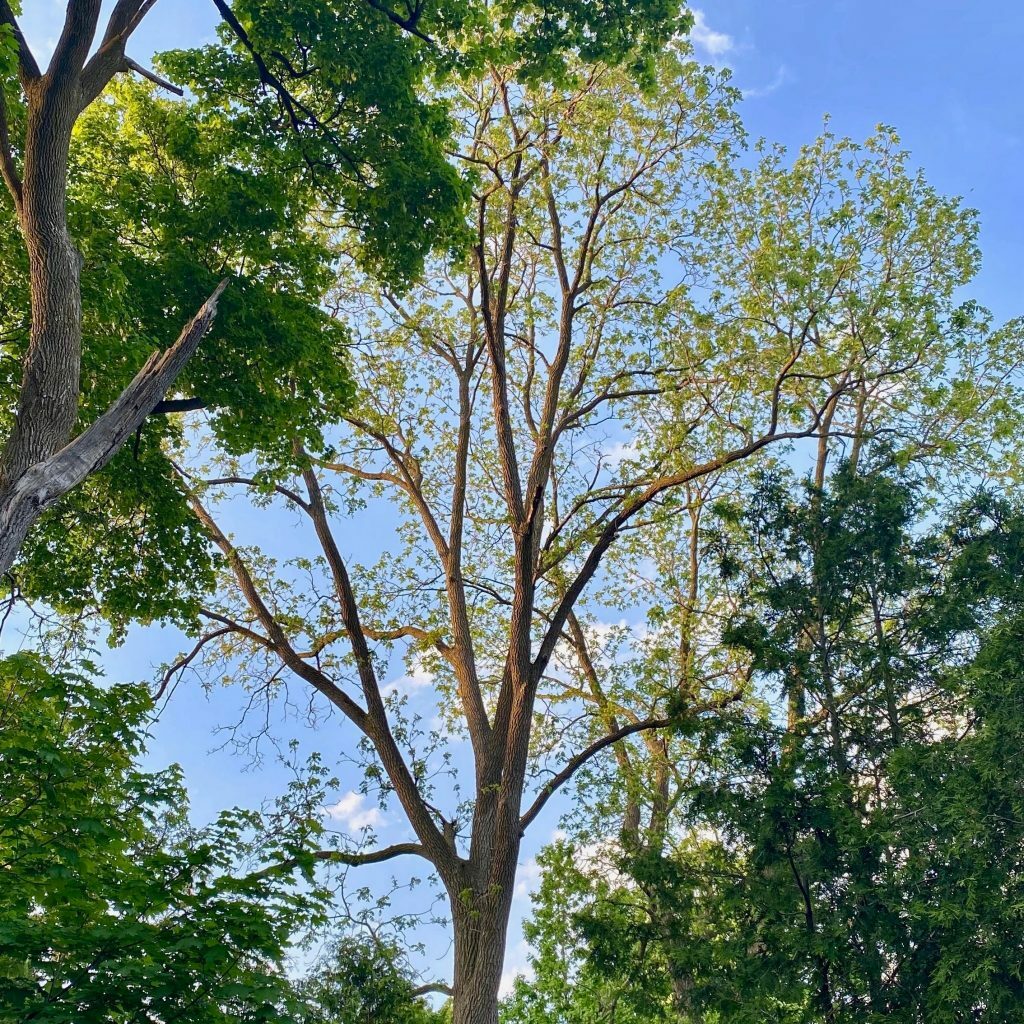
So you want to plant a tree on your property… that’s great to hear! But what is the best type of tree to plant? Well, recent thinking says that any tree planted is better than no tree planted; however, there are still certain trees better suited for a Southern Ontario urban environment. Here is an atlas of all types of trees found in Ontario.
If you need more specific details, check out Centre Wellington’s updated Public Forest Policy as well.
Visit the Centre Wellington Arborist Association Website to find a certified arborist.
Visit Centre Wellington‘s tree information page for specifics about local information and programs.
Some questions require a tree expert. If you are still wondering about tree health, maintenance, or any other questions contact one of the certified Arborists with the Centre Wellington Arborist Association
Mulching Tips
As important as tree planting, if not more so, is looking after young trees while they get established. We visit as many saplings as we can, weeding, and generally making sure that they a flourishing. When we can, we replace any that have not survived. Watering continues to be our greatest challenge – especially in the summer when young trees can be under stress from a drought.
Neighbourwoods volunteers plant a few trees every year – usually in the fall when rainfall is more reliable. Our sites include the front yard of the Fergus Beer Store, boulevard trees on Watts Street, the trailway behind Elora Public School, Shortreeds Auto Centre, the streetscape at Collins Barrow in Elora, and the road leading to the OPP station on CR 18.
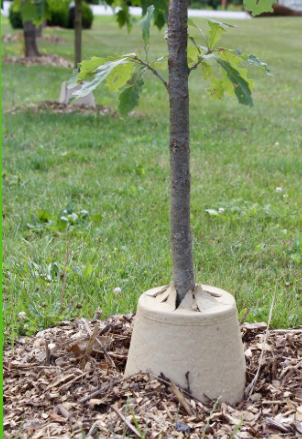
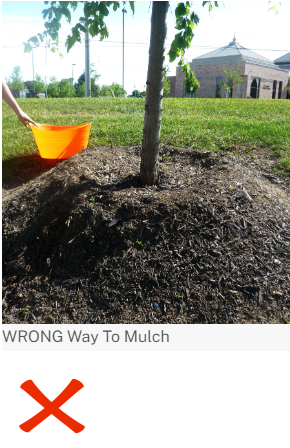
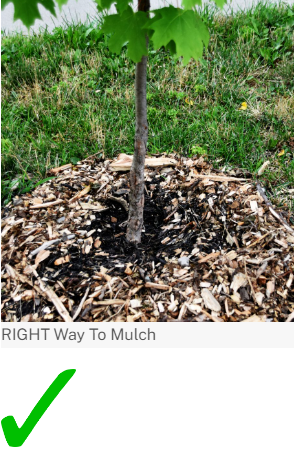
Benefits of Mulch
Properly applied mulch under a tree has a myriad of benefits:
- it protects trees from whipper snipper damage
- it keeps roots cool and moist
- it reduces weeds that compete for water (especially this summer)
Properly is key here:
- too much and rain and air can’t get down to the roots
- too high and it can rot the trunk
Sometimes contractors use volcano mulch mounds to camouflage the root ball which means that the tree was not planted deep enough.
